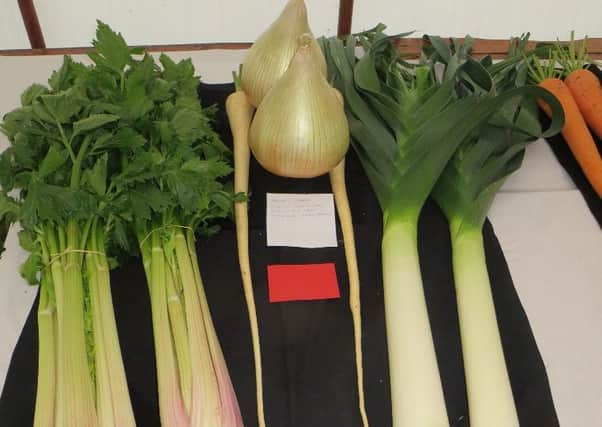Rules are ok, but common sense is vital


This is certainly how a pub gooseberry show started in 1819, then metamorphosed over time into Alnwick Horticultural and Botanical Society.
The minutes, covering a 17-year period until 1836, are meticulous, covering varietal names, winners, prize monies and all.
Advertisement
Hide AdAdvertisement
Hide AdAlthough it began as a heaviest gooseberry show, in the third year Mr Mark Robson, from Felton Park, is thanked for introducing a great variety of seedling picotees (fancy carnations).
A year later the event is billed as a gooseberry and carnation show, and Thomas Charlton, gardener to Thomas Forster, of Adderstone, produced an ‘Early York’ cabbage weighing over 18 pounds.
Flowers, fruit and vegetables followed and our modern show was on the road.
What makes a decent show judge?
Perhaps it’s growing experience and knowledge across a wide range of produce, or exhibiting for years and being able to recognise which entries in a particular class are better than yours and why.
Advertisement
Hide AdAdvertisement
Hide AdHaving a degree of immunity to criticism helps, as does being able to explain the reasoning behind decisions.
The standard guide for organisers of shows, garden competitions and judges has been around for decades, but is regularly updated.
The Horticultural Show Handbook, published by the Royal Horticultural Society, remains a brilliant guide, but it has to be used alongside a large dollop of common sense.
As an old friend once put it: “Rules are for the guidance of wise men and women, the blind obedience of others.”